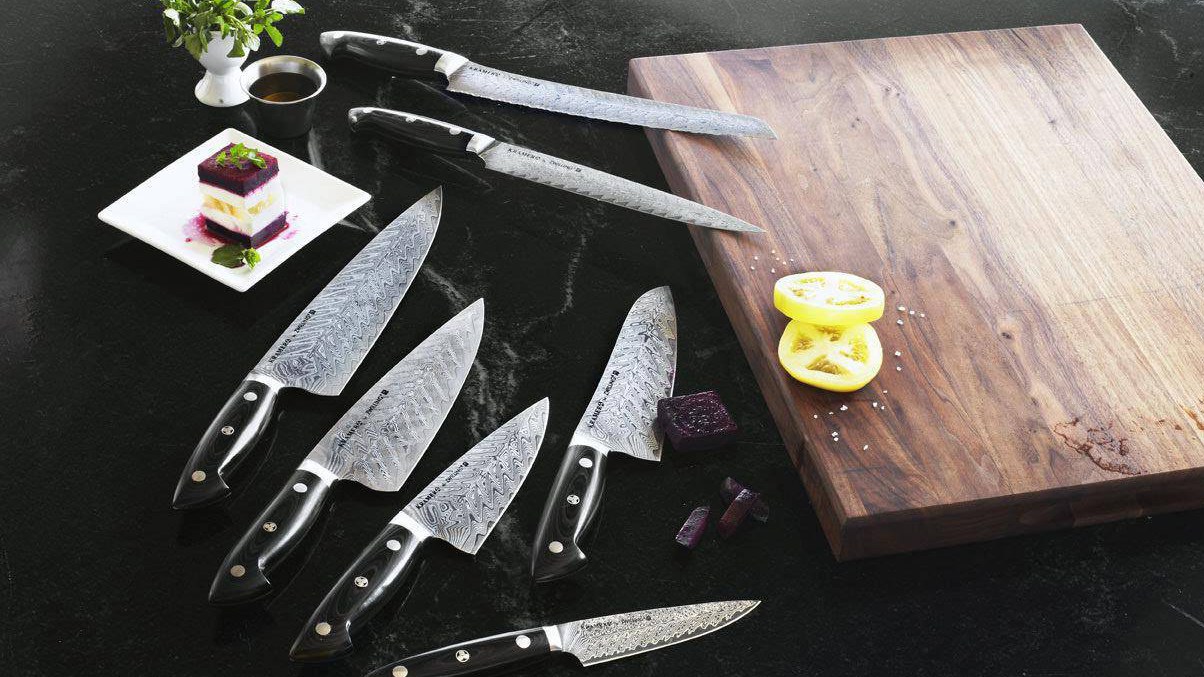
Business
15:33, 28-Jul-2018
CIIE 100-day countdown: Brands tell stories to win Chinese consumers
Updated
14:38, 31-Jul-2018
By CGTN's Han Peng
03:09

Thanks to the huge population and rising purchasing power, China has become the largest market for nearly all products worldwide.
Domestic and Western brands are competing for customers with many marketing strategies that fit local mentalities. CGTN takes a look at how the competition is unfolding in sales of some of the most common articles of daily use: kitchenware.
Shi Jinshui, now in his 80s, and his two apprentices in their 50s, are among the very few in China who still master the art of making knives and scissors by hand.
“The technique of making scissors was first invented in China by our brand.” Shi, one of China's national inheritors of intangible cultural heritages, told CGTN.
And he's not bragging.
Shi’s brand, Zhang Xiaoquan, named after a man who made a living by forging kitchenware late in the Ming Dynasty, 400 years ago.
“High values, low prices” has always been the image of this humble, traditional Chinese brand.
But today, it’s facing a daunting challenge from the West.
This April, the well-known German kitchenware brand, Zwilling, opened a flagship store in downtown Shanghai, the brand’s largest one in the world.
Besides selling knives and forks, the store has an Italian restaurant run by Michelin-starred chefs.
Cooking is just part of their job. The store wants these chefs to talk it up to customers and promote their kitchenware.
China has now surpassed Germany and the US to become Zwilling’s biggest market.
The core value of our product is quality but the content of the product is also very important, Dr. Erich Schiffers, CEO of Zwilling, told CGTN, “That means we need to tell the stories.”
He added that they hope the rising Chinese middle class will buy the story that their products represent fancy lifestyles.
But a centuries-old Chinese brand that went through the ups and downs in hundreds of years has quite a story to tell as well, such as Shi's brand shows the traditional fashioning process of knives and scissors in a downtown museum in Hangzhou, an east China city.

SITEMAP
Copyright © 2018 CGTN. Beijing ICP prepared NO.16065310-3
Copyright © 2018 CGTN. Beijing ICP prepared NO.16065310-3